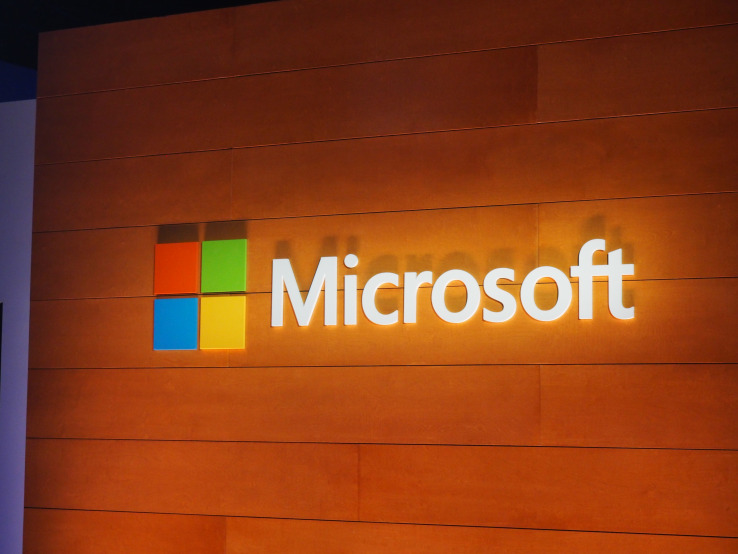

Microsoft today announced a major change to how it will deliver new releases of Windows Server going forward. Instead of a release every few years (the last few major versions arrived in 2008, 2012 and 2016), Microsoft will now move to a semi-annual cycle that will see the company launch feature updates every spring and fall. This new release cadence, which is similar to what Microsoft is doing with Office and Windows 10, will allow the company to bring new features to customers faster and allow it to take advantage of new innovations.
Windows Server Standard and Datacenter users who are part of Microsoft’s Software Assurance program will automatically get these updates as they are released. Those without a subscription to Software Assurance will not, however. These same semi-annual releases will also be available as software images on the Azure cloud, too.
Companies that want to skip a release can do so and Microsoft will also continue to offer Windows Server in its long-term servicing channel, which offers up to 16 years of support (with the optional Premium Assurance subscription).
This semi-annual cycle will also include System Center, Microsoft’s data center management tools, as well as Server Core, the headless install option of Windows Server. Indeed, going forward, Microsoft is making Server Core the recommended choice for hosting virtual machines and containers.
Talking about containers, Microsoft also today announced that its Nano Server, the slimmed-down version of Windows Server for cloud-native workloads and especially for running containers, is getting even slimmer. The next release of Windows Server will feature a Nano Server option that’s 50 percent smaller than its current iteration. With this, Microsoft is also putting the emphasis for Nano Server squarely on building container images and away from any of the infrastructure-related roles of previous versions. The company now recommends that developers use Server Core for these use cases instead.
As Microsoft announced at its Build developer conference earlier this year, Windows Server is also getting support for Linux containers. This builds upon the work the company did to add a Linux subsystem to Windows 10 and by extending Hyper-V’s isolation support. Previously, developers had to run two separate container infrastructures for Window and Linux workloads. Now, they will soon be able to run both on Windows Server. Just like on Windows 10, Microsoft is also bringing Bash support Windows Server.
Windows Server users will get to choose when to update their operating system, of course. There is also a “preview” channel. Developers who want to opt into this even faster release cycle (and are willing to take the risks involved with running pre-release software) can do so by enrolling into the Windows Insider Program.
Featured Image: Bloomberg/Getty Images

